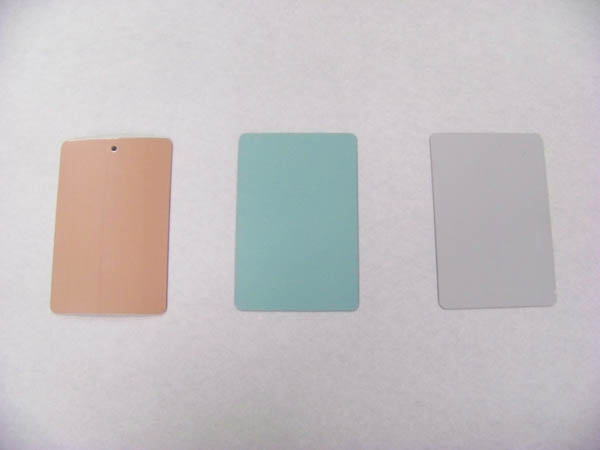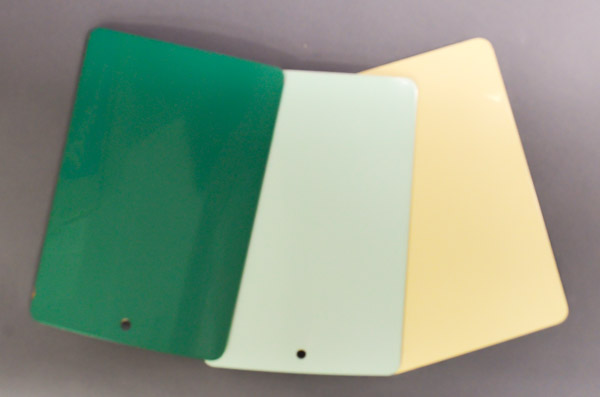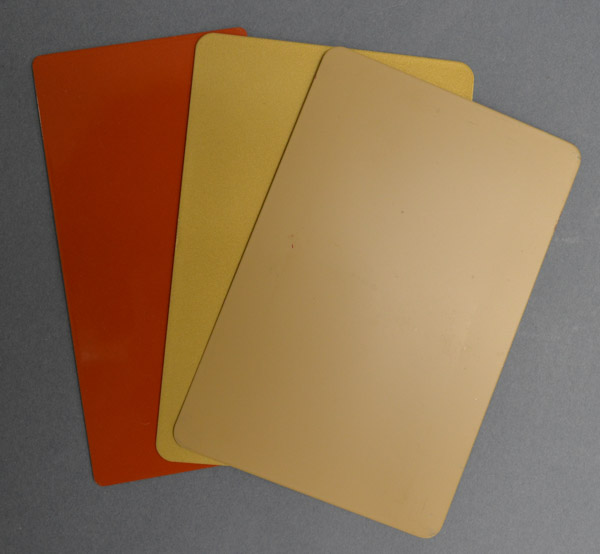DuPont is well known for its manufacturing of paint. Brand names like Duco and Dulux are commonly known- “Duco” is used in Australia as a generic eponym for all automotive paints. Paint has formed an important part of DuPont’s product line for most of the 20th century. Hagley is always looking for objects, papers or published works that illustrate and document that history.
How does one collect paint? It is, after all, an ephemeral consumer product. A can of paint is meant to be opened up and applied- and when the paint begins to chip or look old, be removed or just covered over with a new coat. We could collect objects that are painted. However, paint fades, so how can we be sure what we see now is the original color or hue? We could collect the original paint cans and jars, but that would lead to a great deal of storage space being taken up by buckets of paint. Also, an exhibition of cans of paint might be as boring as, well, watching paint dry!
So, what is the best way to collect paint? Thankfully for us here at Hagley, DuPont and other companies were keen marketers of their products, and were constantly making samples of their products for consumers.

Paint Chips, DuPont Automotive Systems (2006.6.4)
Hagley has several collections of these paint samples. One of the most prominent is the DuPont Automotive Color Cards collection. These paint samples cover decades of model years for many different makes of cars. They also are valuable because they are the true intended color of the paint- they’ve never had the chance to fade in the sun or weather.
But why collect paint samples at all? Does it really matter what color the original color of a 1957 Chevrolet was?
Historic paint colors are of course of interest to those trying to restore to perfection those 1957 Chevrolets and those trying to get just the right shade for their colonial home, but also help tell a deeper story.
Colors, in many ways helped define eras. Would we look at the 1950s in the same way without the pale pastel palettes that defined so much in the world of fashion? The color palette favored by fashion designers in the period went well beyond haute couture, and found its way into the world of automobiles.

Paint Chips, Paint Chips, DuPont Automotive Systems (2006.1.9)
The late 1970s became defined by the trinity of brown, orange and gold.

Paint Chips, Paint Chips, DuPont Automotive Systems (2006.1.11)
As Williamsburg has found out through their research into historic paint, colors can say a great deal about the people who chose to adorn their world with them. When we collect paint samples, we aren’t just collecting samples of a particular formula of paint; we’re collecting the color palette of a particular moment in time.
Keith Minsinger is the Museum Registrar/Collections Database Manager at Hagley.
